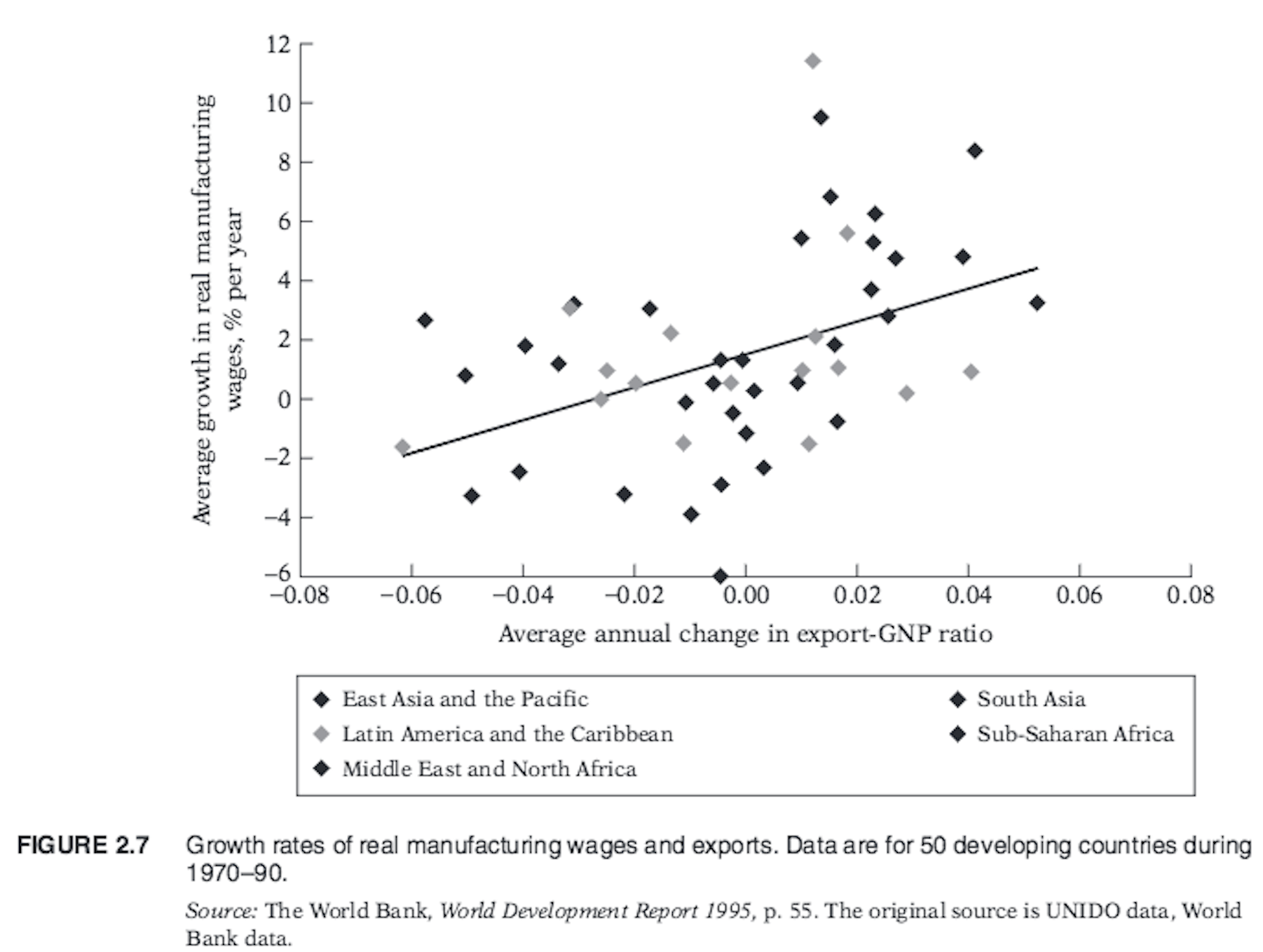Worksheet Week 3
Self-Assessment Questions7
- Explain the difference between ˆyi and yi.
- Give an example for a scenario in which you could use regression analysis.
- Why is there an error term in regression?
- How does an error term differ from a residual?
- Explain what the conditional expectation function (CDF) means in plain English.
Please stop here and don’t go beyond this point until we have compared notes on your answers.
Regression – Theory
- You are given the scatter plot in Figure 2.7 (taken from Gujarati & Porter, 2009, p. 50) along with the regression line. What general conclusion do you draw from this diagram? Is the regression line sketched in the diagram a population regression line or a sample regression line?

Calculations with Matrices
We will start working with matrices next week. To familiarise yourself with these and to get a better overview how to work with them, please work through the following exercises. Feel free to consult the “Introduction to Matrices” Section for this.
First, answer these questions:
- What is a matrix?
- What does transposition do?
- What is the purpose of an identity matrix?
Now, consider the following three matrices A, B, and C: A=[94116831479]B=[13812215153]C=[25223119]
What is the value in:
- A22
- A31
- B13
- B24
- C12
- C21
Transpose B into B′ using the following blank matrix. B′=[]
Solve D where C×B=D using the following blank matrix. D=[]
Solve C−1, showing your workings using the appropriate formula. C−1=[]=[]
Homework for Week 4
- There is no separate reading for the seminar in Week 4
- Work through the Week 4 “Methods, Methods, Methods” Section.
- Work through this week’s flashcards to familiarise yourself with the relevant R functions.
- Find an example for each NEW function and apply it in R to ensure it works
- Complete the Week 3 Moodle Quiz
- Familiarise yourself further with matrices by setting yourself two sample matrices, A and B (each should be a 2x2 matrix). Conduct the following operations:
- Multiply A and B
- Invert A and B
- Transpose A and B
- Multiply A with an Identity Matrix
- Multiply A with A−1. What is the result called?
You can check your solutions with https://matrixcalc.org/ . You can also try to figure out how to do this in R. This is a great way to practice working with matrices until you are familiar with the procedure.
Some of the content of this worksheet is taken from Reiche (forthcoming).↩︎